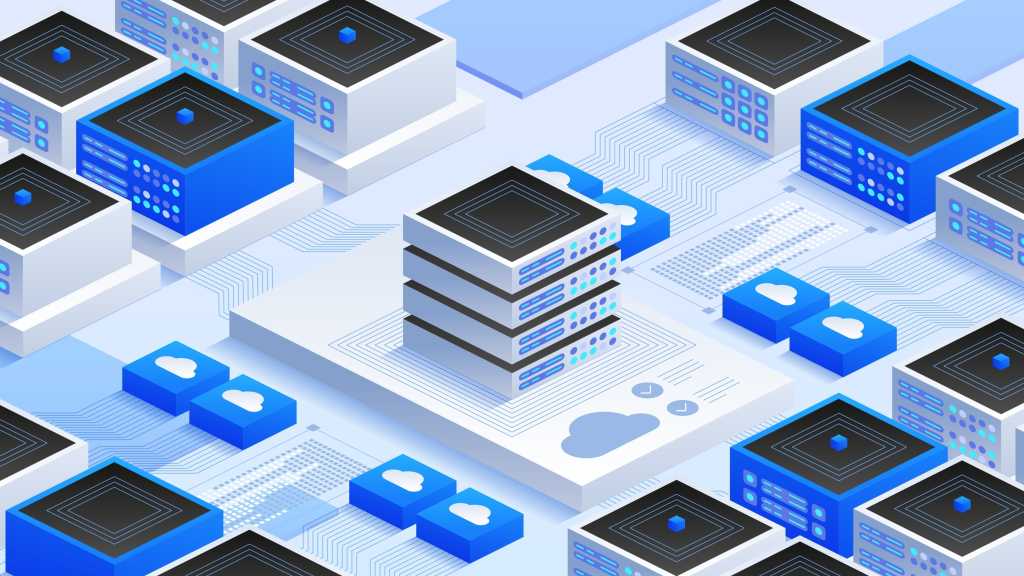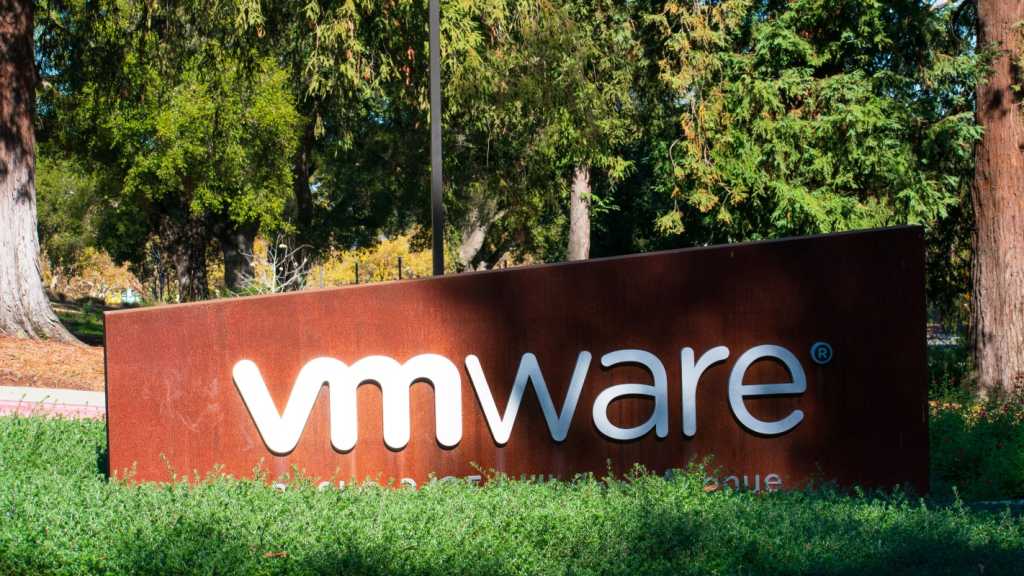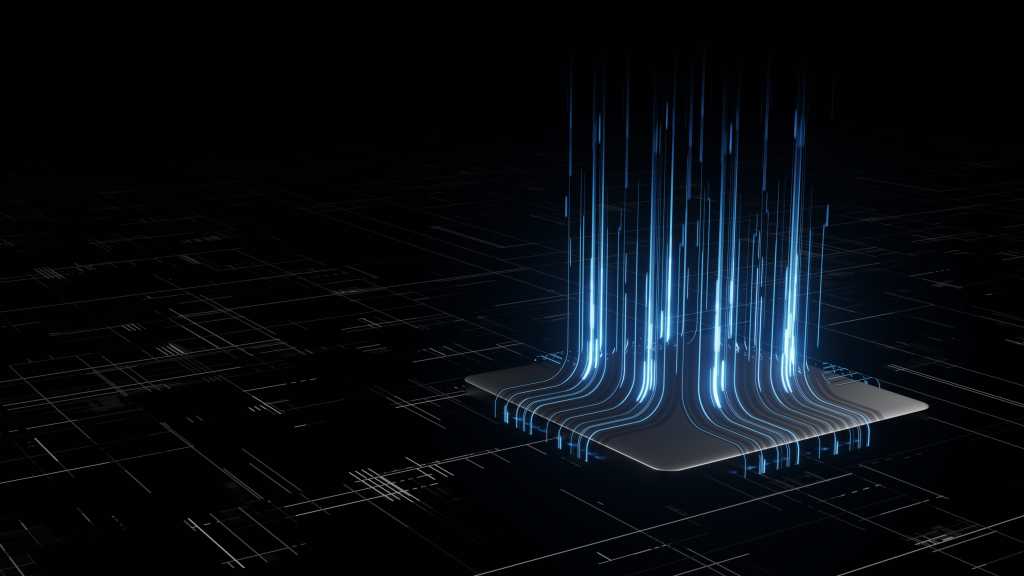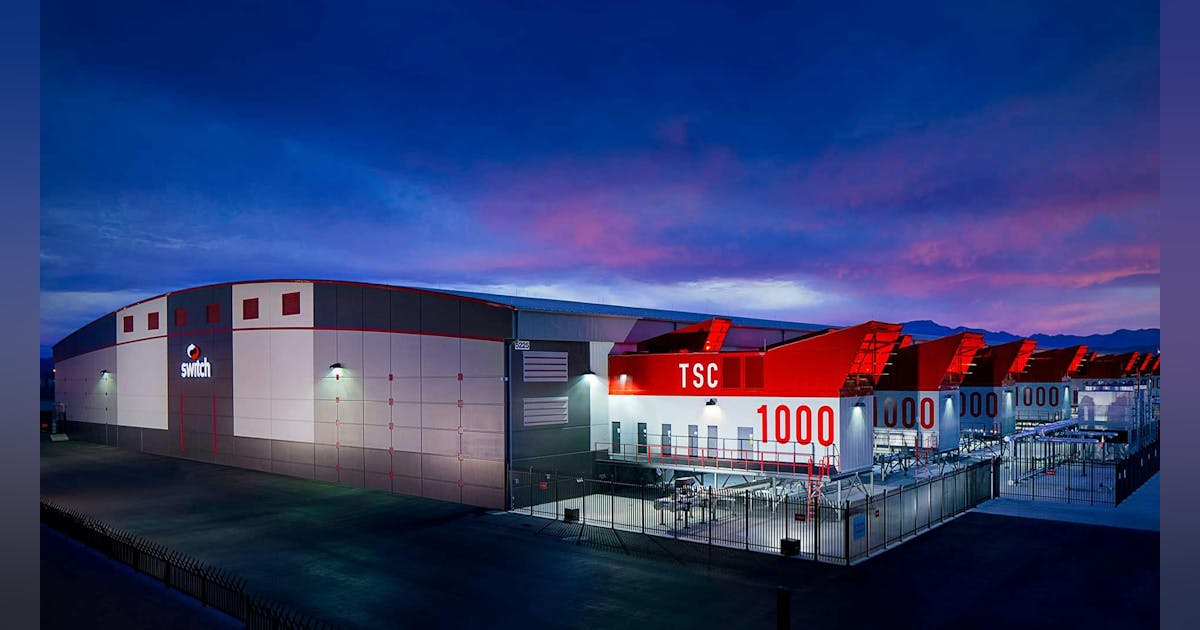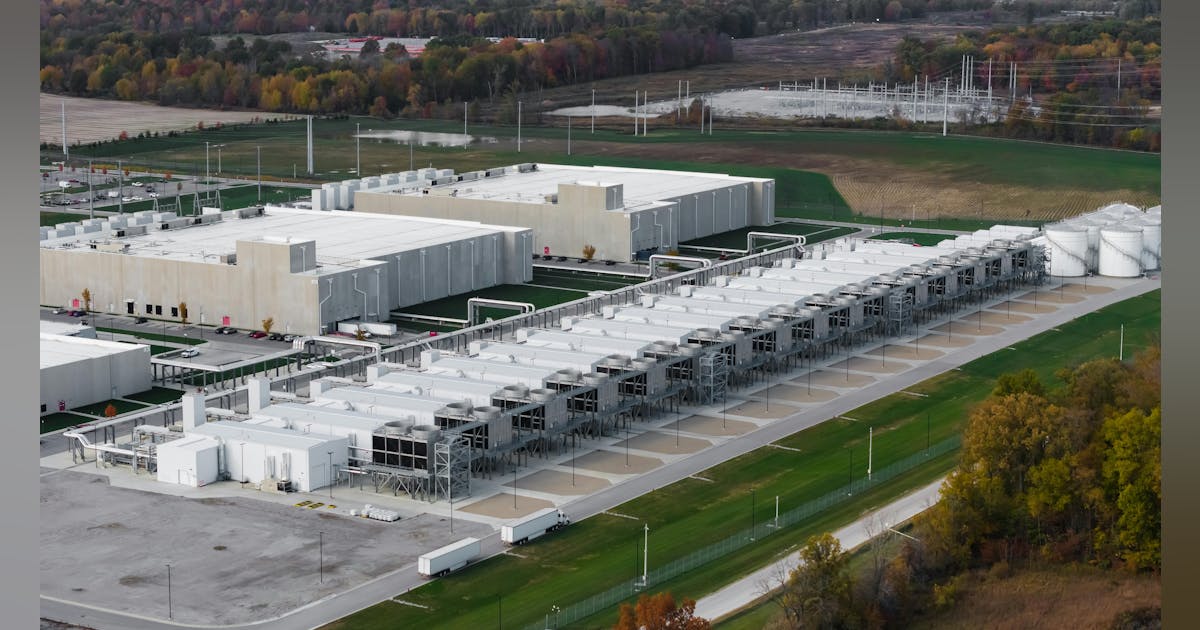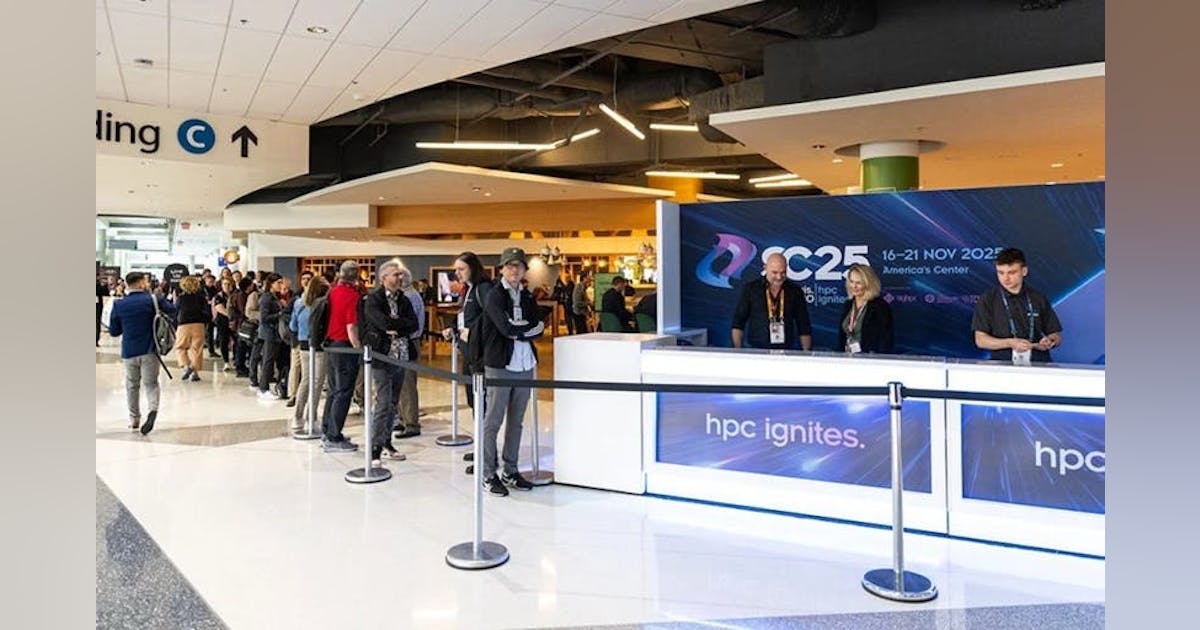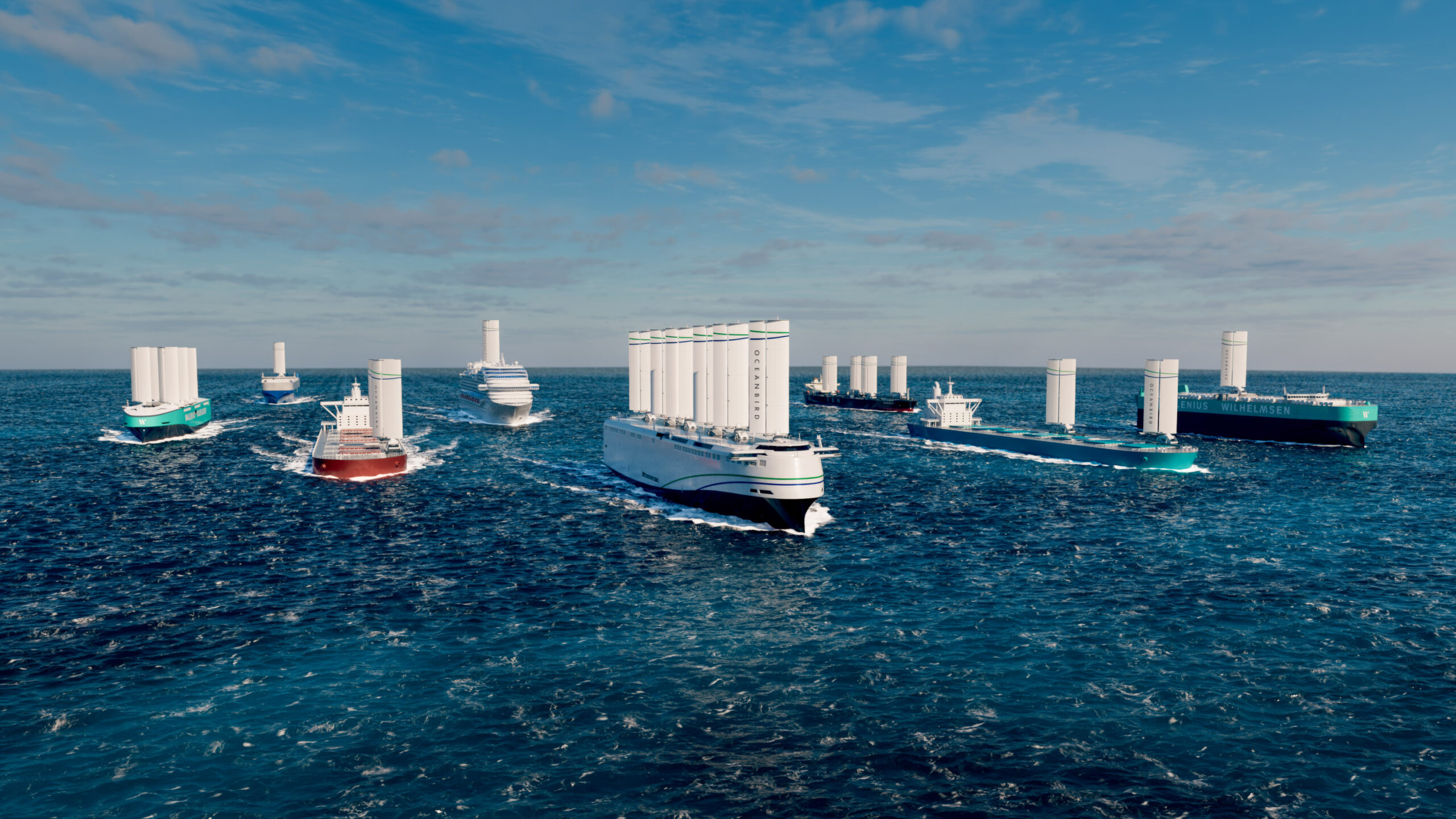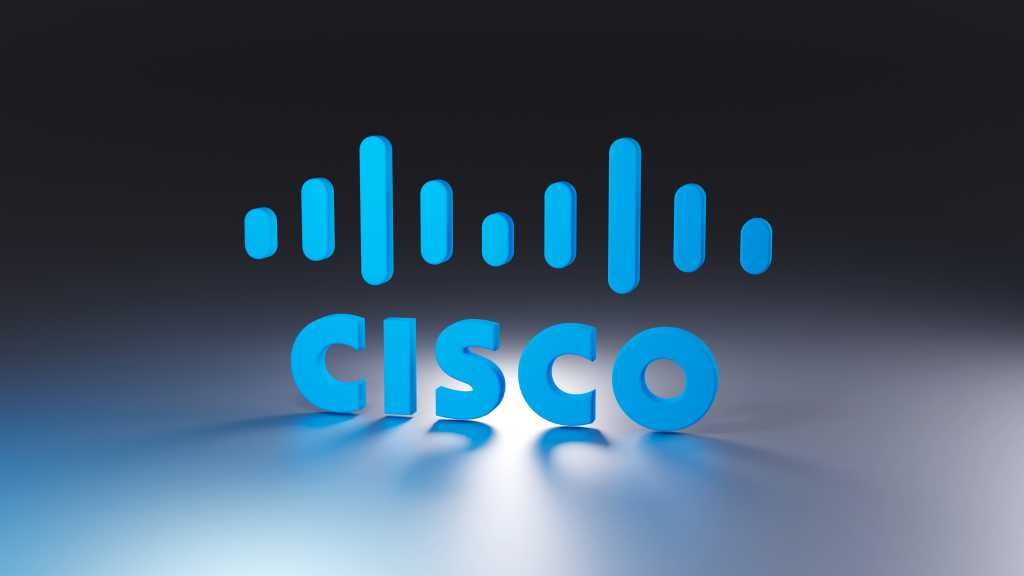
Adding a little more color to the enterprise results, Robbins called out some of Cisco’s network modernization offerings for customers. “We’ve got [our] routing refresh, we’ve got a lot of new technology in our data center networking business … we have Wi-Fi 7 gear, which grew triple digits year over year. We’re in year eight of the [Catalyst 9000] offering, and honestly, if you look at products that were pre-[Catalyst 9000] that are still installed in our customer base, there’s tens of billions of dollars of install base there that we can go after,” Robbins said.
Demand for AI infrastructure will extend to enterprises, Robbins said:
“If you think about the AI revolution…We tend to see these things begin first in the cloud providers, which we’re clearly seeing the AI play in the cloud providers. Then we see it shift into the enterprise. We see a shift in the back end, in this case, from the back end to the front end. We believe that will occur as enterprises start using more of these services, and then enterprises will also build out inferencing… and we’re even seeing the telco business actually pick up as they’re telling us they’re increasing their network capacity and they’re modernizing their infrastructure in preparation for AI. So, we think AI is going to drive network modernization across all of these segments.”
Taking aim at security
Overall security order growth in Q4 was up double digits, Robbins said. “We have 80 new Hypershield customers, largely connected to this new smart switch [the N9300 Smart Switch]. So that strategy is working. And I would say that we had 480-plus new SSE customers during the quarter. So that’s our secure services edge [which] is really getting good traction.
Robbins singled out the demand for integrated networking and security for agentic AI workloads, in particular.
“We’re going to have to put security into the fabric of the network, because agentic workflows [are] going to be in constant communication. Whether you think about general agents, or you think about robotics, … low-latency connectivity is going to be huge, and the security is going to be huge. And the only way to do both of those is to fuse security into the core of the network, so that’s our plan,” Robbins said.


